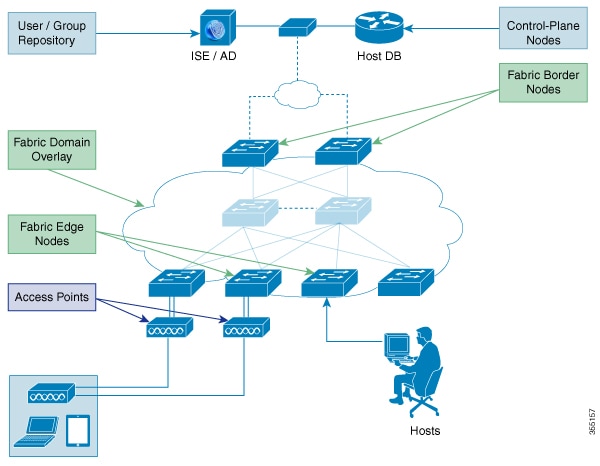


If you have the zero-touch provisioning (ZTP)Ĭapability setup, after the router completes the factory reset procedure, the router reboots with ZTP configuration. SLAC, SLR authorization codes return codesĪfter the factory reset process is complete, the router reboots to ROMMON mode. Unique Device Identification (UDI) trust codes Usage reporting details (last ACK received, next ACK scheduled, last/next report push) Real User Monitoring (RUM) Reports (open/unacknowledged license usage report) If the current boot image is a remote image or stored on a USB, NIM-SSD, or such, ensure that you take a backup of the image

User data, startup, and running configurationĬredentials (Secure Unique Device Identifier certificates, public key infrastructure (PKI) keys, and FIPS-related keys)Īll writable file systems and personal data. Non-volatile random-access memory (NVRAM) dataĭata from remote field-replaceable units (FRUs). Data Rrased or Retained during the Factory Reset From Cisco IOS XE Amsterdam XE 17.2 and later, you can use the factory-reset all secure command to reset the router and securely clear the files stored in the bootflash memory. The router to an earlier, fully functional state.

Option to retain RUM reports, SLR, and HSEC key using the factory-reset keep-licensing-infocommandįactory reset is a process of clearing the current running and startup configuration information on a router, and resetting Feature Information for Factory ResetĪdded the factory-reset all secure command. To access Ciscoįeature Navigator, go to An account on is not required. Use Cisco Feature Navigator to find information about platform support and Cisco software image support. Subsequent releases of that software release train also support that feature. Only the software release that introduced support for a given feature in a given software release train. The following table provides release information about the feature or features described in this module.


 0 kommentar(er)
0 kommentar(er)
